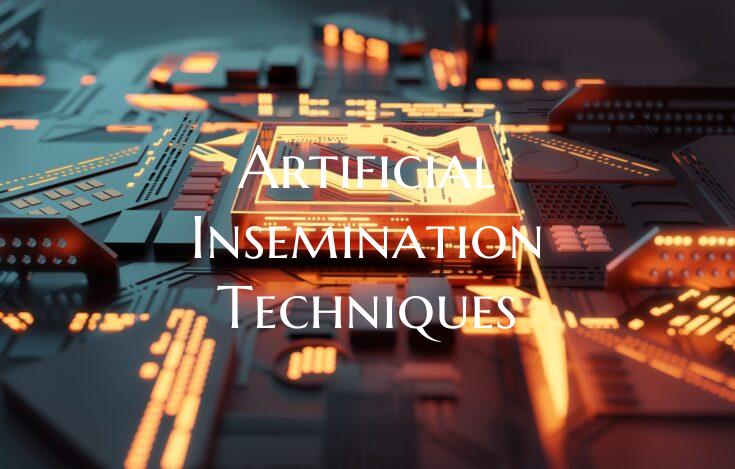Artificial Insemination Techniques
Artificial insemination (AI) is a technique used to help individuals and couples achieve pregnancy when natural conception is challenging. This procedure involves the introduction of sperm into a woman's reproductive tract to facilitate fertilization. There are various artificial insemination techniques that may be utilized depending on the specific circumstances of the individual or couple undergoing the procedure.
The most common method of artificial insemination is intrauterine insemination (IUI). During IUI, sperm that has been washed and concentrated is directly inserted into the woman's uterus using a thin catheter. This helps to place the sperm closer to the fallopian tubes, where fertilization typically occurs, increasing the chances of successful conception.
Another technique that can be used is intracervical insemination (ICI), which involves depositing the sperm near the cervix. While ICI is less invasive than IUI, it may not be as effective in cases where there are issues with sperm motility or cervical mucus quality.
In vitro fertilization (IVF) is another assisted reproductive technology that may be recommended in certain situations. IVF involves fertilizing eggs with sperm in a laboratory dish before transferring the resulting embryo(s) into the woman's uterus. While more complex and expensive than artificial insemination, IVF can be a highly effective option for individuals with more complex fertility issues.
Overall, artificial insemination techniques offer hope to those struggling with infertility by providing a controlled and targeted approach to achieving pregnancy. By working closely with fertility specialists, individuals and couples can explore the most suitable artificial insemination technique tailored to their unique needs and circumstances.

